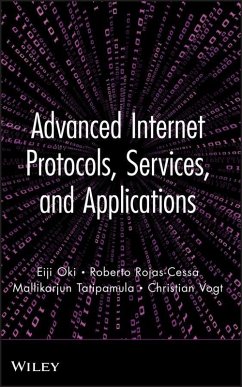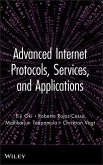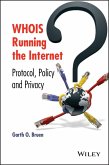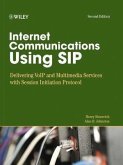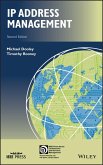Today, the internet and computer networking are essential parts of business, learning, and personal communications and entertainment. Virtually all messages or transactions sent over the internet are carried using internet infrastructure- based on advanced internet protocols. Advanced internet protocols ensure that both public and private networks operate with maximum performance, security, and flexibility. This book is intended to provide a comprehensive technical overview and survey of advanced internet protocols, first providing a solid introduction and going on to discuss internetworking technologies, architectures and protocols. The book also shows application of the concepts in next generation networks and discusses protection and restoration, as well as various tunnelling protocols and applications. The book ends with a thorough discussion of emerging topics.
Dieser Download kann aus rechtlichen Gründen nur mit Rechnungsadresse in A, B, BG, CY, CZ, D, DK, EW, E, FIN, F, GR, HR, H, IRL, I, LT, L, LR, M, NL, PL, P, R, S, SLO, SK ausgeliefert werden.

